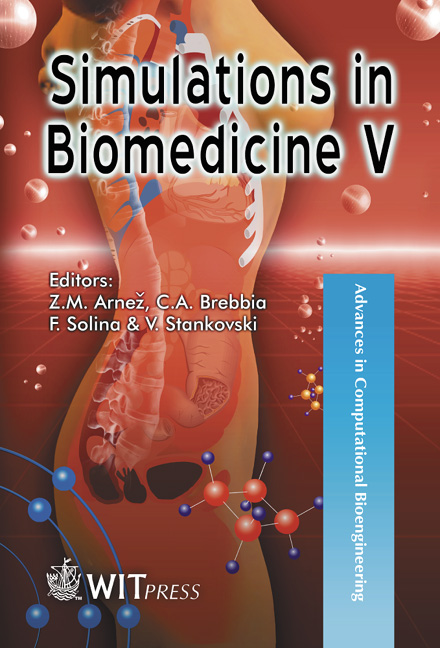The Effect Of Cemented Femoral Stem Cross-section Geometry In Total Hip Replacement
Price
Free (open access)
Transaction
Volume
6
Pages
10
Published
2003
Size
712.99 kb
Paper DOI
10.2495/BIO030311
Copyright
WIT Press
Author(s)
A. Ramos, F. Fonseca & J. A. Simões
Abstract
The effect of cemented femoral stem crosssection geometry in total hip replacement Abstract This paper describes the finite elenlent analysis on the effect of stem crosssectional geometries on stresses generated at the bone-cement and cement-stem interfaces. A simplified numerical model of the implanted femur was used. were the feni~u- uas n~odelled as a tubular structure and the femoral coniponent niodelled as an extruded beam. -411 materials were assumed isotropic and linearly elastic. The cross-sections \n,ere assumed symmetric about the medial-lateral axis. A layer of constant thickness of cement was interposed between the stem and the femoral cortex and a complex system of forces and moments generated by the hip joint contact force was applied. Maxinlum and minimum principal stresses were determined for twelve different cross-sectional geometries. The results show that organic type geometries provoke, comparatively, lower tensile and conlpression stresses. Rigid (shaip) geometries and cross
Keywords





